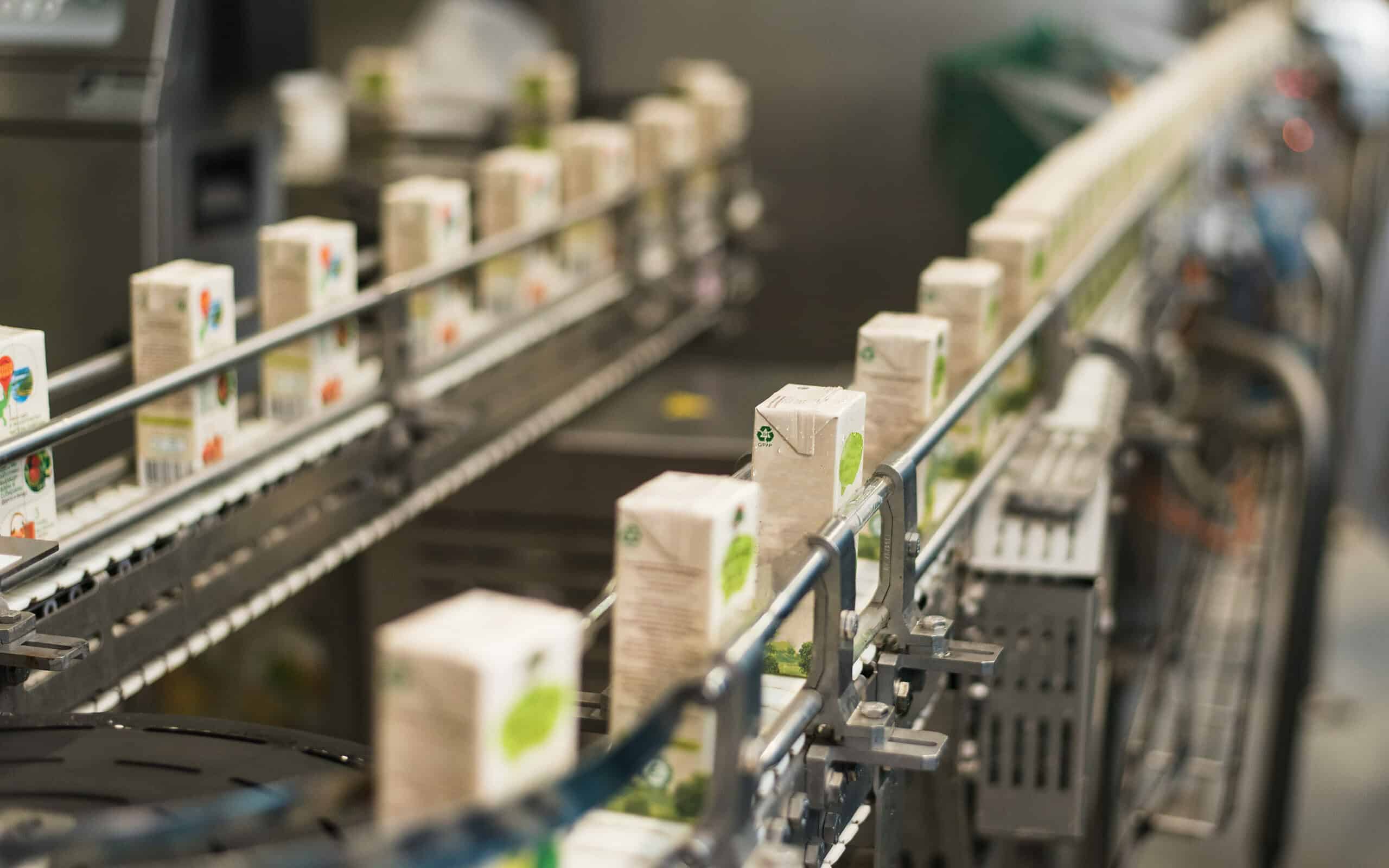
Key Points
- Entitlement is the best possible performance that is realistically achieved within a project.
- It can provide a goal for process improvement, giving an achievable goal.
- Further, it can be applied to all aspects of a project, aiding in the reduction of waste.
Entitlement is a key concept in Six Sigma and process improvement. It is typically considered when selecting a project. Entitlement is defined as the best performance you can reasonably achieve with the existing process. The term implies that leadership is only entitled to this level of performance based on the current investment of resources to date.
What Is Entitlement

Knowing the entitlement level of your process helps define what’s possible. For example, if your process entitlement is 1,000 units per day and your current baseline performance is 500 units/day, you can see there is a lot of room for improving your process.
On the other hand, if your current baseline performance is 850 units/day there is less room for significant improvement. If greater production rates are needed, your current process won’t be able to do it so you may need to develop a new process. This may require some reengineering or the use of DMEDI or DFSS.
Entitlement should be determined for all your key process performance measures (yield, cost of poor quality, capacity, downtime, waste, etc.). Process entitlement can be estimated by your engineering, manufacturing, financial, or Six Sigma functions. Or provided by the equipment manufacturer, or upon your monitoring of the observed best, prolonged performance over time.
How Is Entitlement Used in Six Sigma?
There are a few different ways that entitlement shows up in Six Sigma. For example, it can show you the differences in your current performance and where you’d like to be. Further, it can provide a closer look at the impact of your current project when compared to historical projects within your organization.
An Industry Example of Entitlement

The finance department calculated that a process was operating at a current cost of $1.25/unit. A few months earlier, the same process operated at $0.87/unit. This indicated that the process entitlement should be $0.87/unit since it had once performed at that level for a sustained period.
The improvement team analyzing this project showed that there was a strong linear relationship between defects being produced in the process and the cost/unit. The team concluded that if defects could be reduced, the true process entitlement may be as low as $0.87/unit. That would be a cost reduction of $0.38/unit.
With an average annual production rate of 2,500,000 units, the estimated savings they would achieve by reaching the desired level of entitlement would be $950,000.
Other Useful Tools and Concepts
Looking for other ways to bolster your organization? If you’re looking for the fast track to organizational transformation, paying attention to the low-hanging fruit might be just what you need. This is a great way of seeing a significant impact in your organization with a minimal investment of resources.
Further, you might do well to learn about the best ways of managing rework in your business. Rework is damaging to morale, but might be necessary to maintain customer trust in the long run.